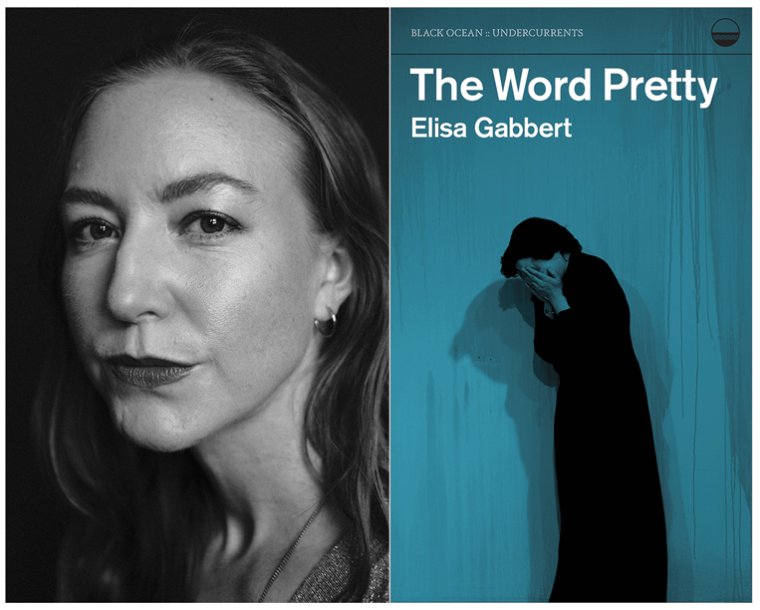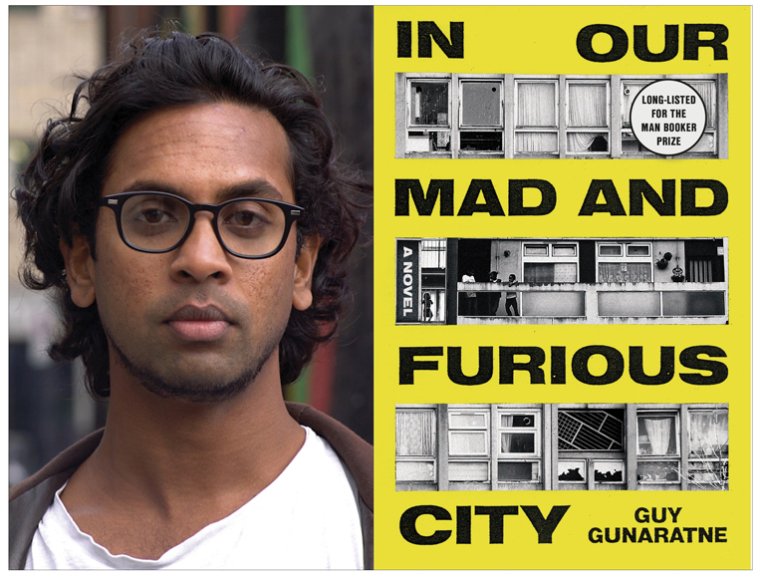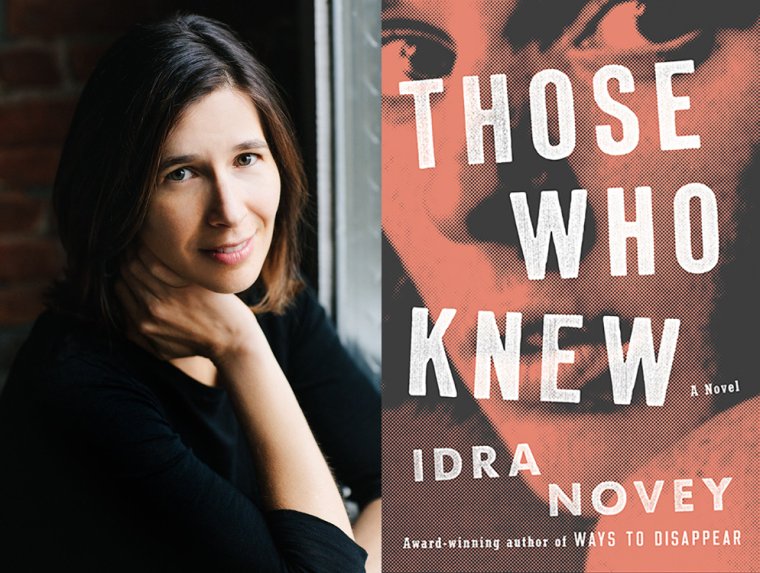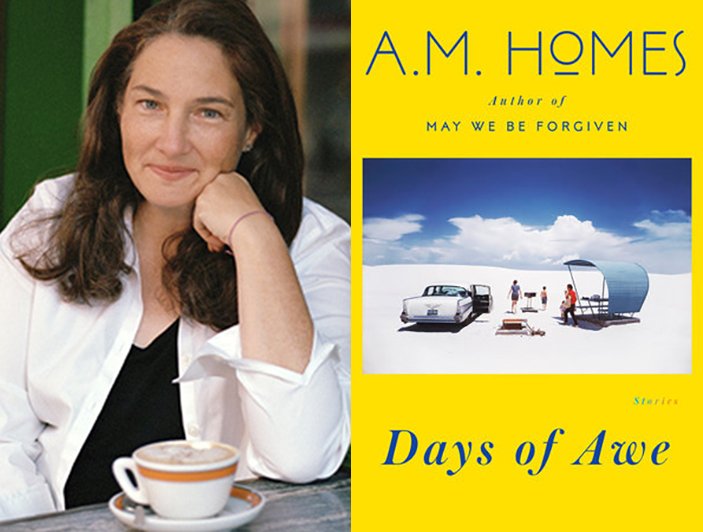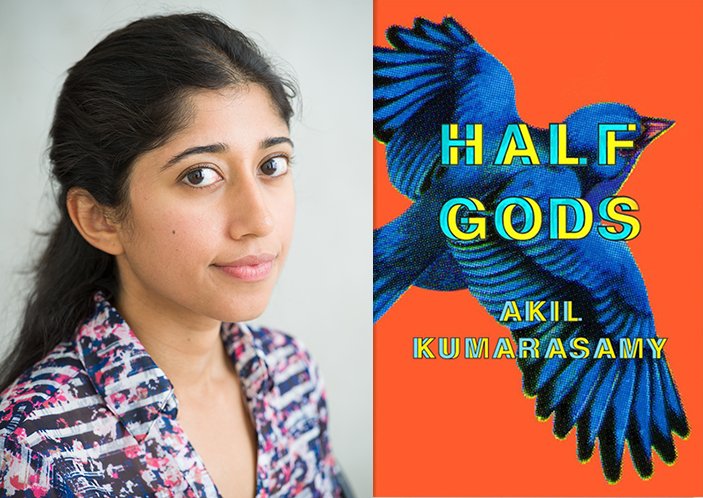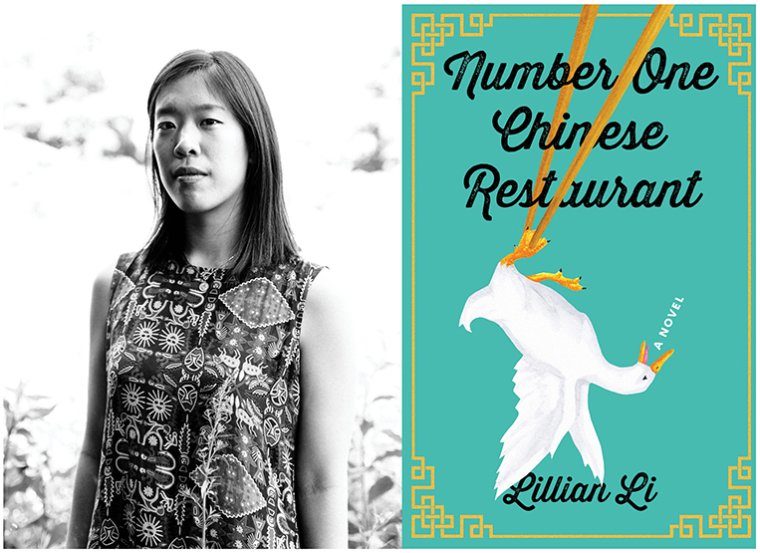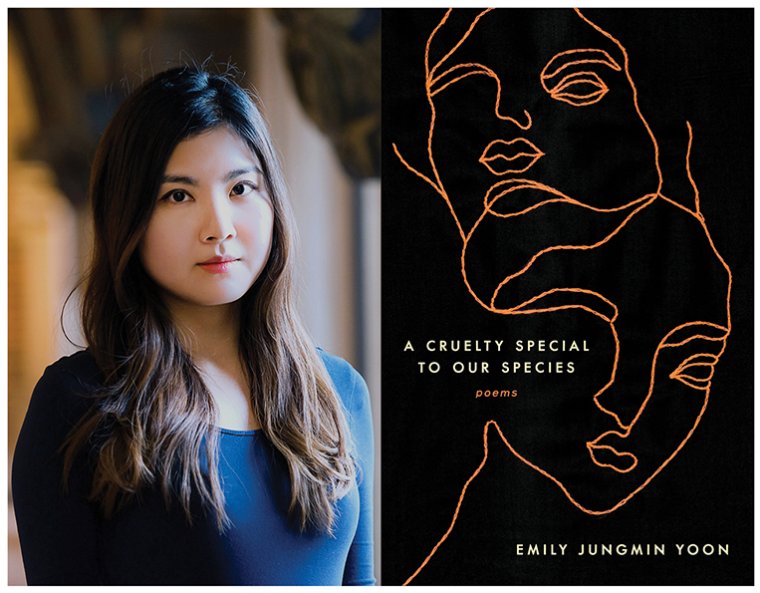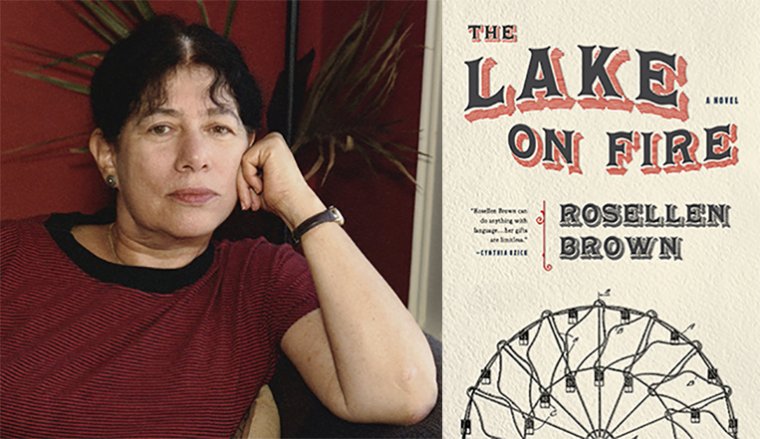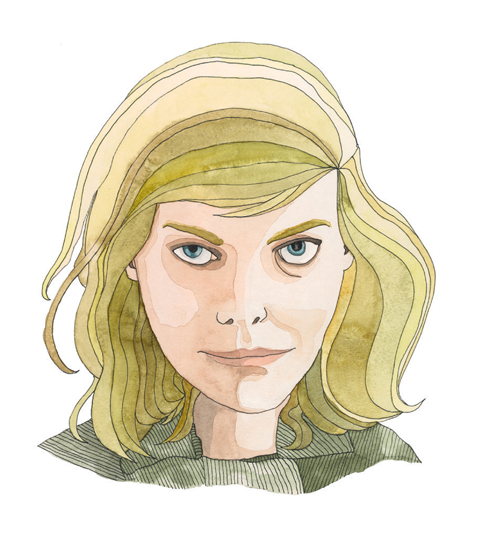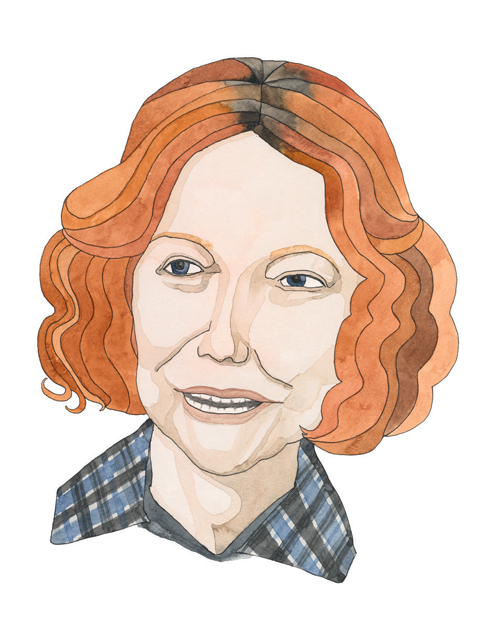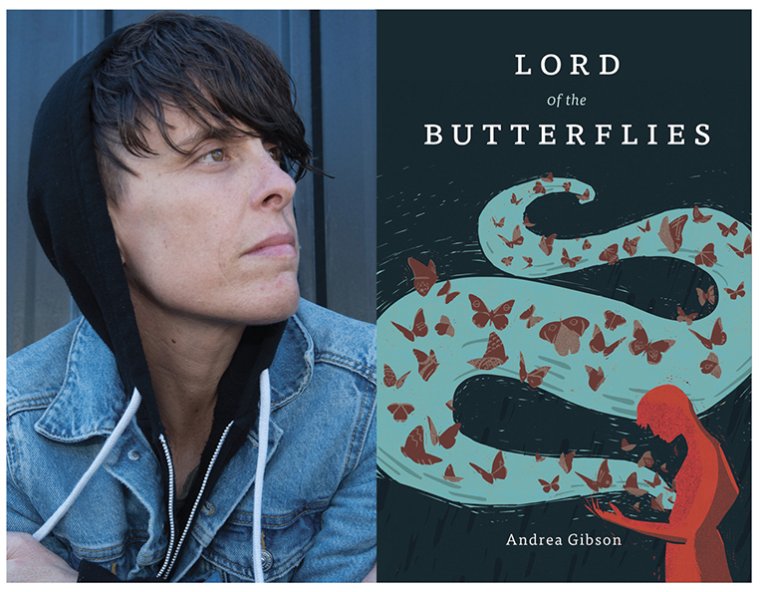This week’s installment of Ten Questions features Sarah McColl, whose memoir, Joy Enough, is out today from Liveright. “I loved my mother, and she died. Is that a story?” From the first sentences of her memoir, which Megan Stielstra calls “a stunningly beautiful and meditative map of loss,” McColl captures what it means to be a daughter. Through vivid memories, Joy Enough charts the dissolution of the author’s marriage alongside the impending loss of her mother, who is diagnosed with cancer. A book about love and grief, Joy Enough attempts to explain what people mean when they say, “You are just like your mother.” Sarah McColl was the founding editor in chief of Yahoo Food. A MacDowell fellow and Pushcart Prize nominee, her essays have appeared in the Paris Review, StoryQuarterly, McSweeney’s, and elsewhere. She holds an MFA from Sarah Lawrence and lives in Los Angeles.
1. How long did it take you to write Joy Enough?
For a long time I didn’t think I was writing a book. I thought I was writing essays, and then I was writing a thesis, and then I started thinking of it as my weird art project. I was so afraid to call it a book because I was afraid it wouldn’t be published, and then I would be a writer with an unpublished book in a drawer. Now I think at least one book in a drawer is a good thing. It means you’re doing the work. But I must have known there was something like a book there, whatever I called it, because I kept working on it, and I kept sending it out. That process of writing and revising took three years.
2. What was the most challenging thing about writing the book?
I didn’t know how to make memory conform to a narrative arc. There were discrete scenes and moments that were very vivid to me, but I struggled with how to connect one to another in some linear, continuous way. I remember expressing this frustration to one of my professors. She said, “Write the scene, hit return a few times, and keep going.” So that was my solution in the end. The return key.
3. Where, when, and how often do you write?
I participate with a group of writers in what we call “the 250s.” We have a shared Google doc with the days of the week marked out and a column for each writer. The goal is to write 250 words five days a week. The low word count is a mind trick to get you to sit down (it’s all about the mind tricks!) and then, hopefully, sail past 250 words. But if the writing is going badly, and you stop at 250, you still have some sense of accomplishment (again, mind trick). That’s the goal, mind you, and I do not consistently achieve this goal. Sometimes I walk around thinking about an essay for six months and then sit down and write a draft in one burst. I like the fuzzy, quiet quality of the mornings and the night. I have a small studio above the garage, but I also tend to write in bed a lot.
4. What was the most unexpected thing about the publication process?
I had no idea just how much buy-in a book requires. It’s not enough to have an agent champion a book and then for an editor to fall in love with it. The editor has to get everyone on board—sales, marketing, publicity. If your book finds a publisher, then it takes all those same people working on your behalf for a book to find its way in the world. Writing is such a solitary activity, but publishing is a completely different animal. I didn’t realize that at the outset. Sorry to get all “it takes a village,” but it really does, and I have pinched myself many times at how grateful I have felt in Liveright’s hands.
5. What are you reading right now?
I have a predictably overambitious new year’s resolution to read a book of poetry, a novel, a book of short stories, and a book of nonfiction each month. Right now I’m reading People Like You by Margaret Malone, which is dark and funny and sublime; Claire Fuller’s Bitter Orange, which feels marvelously escapist and lush and has been keeping me up too late; Sister Outsider by Audre Lorde, who needs no adjectives; and I’m anxiously awaiting Paige Ackerson-Kiely’s new book, Dolefully, a Rampart Stands.
6. Which author, in your opinion, deserves wider recognition?
Discovering and falling in love with an author is such a private activity. When you meet someone who loves the same writer you do, it becomes a kind of shorthand for a shared aesthetic or philosophical worldview. I nearly knocked over my wine glass with excitement when I met a woman who wanted to talk about Canadian author Elizabeth Smart as much as I did. That’s not wide recognition, but it’s a form of literary community, and that’s probably more lasting in the end.
7. Would you recommend writers pursue an MFA?
Getting my MFA was the best decision of my adult life, and I loved my program at Sarah Lawrence. I wanted to be able to teach at the college level, I knew what I wanted to work on, and I had some money saved to pay for part of it. But I think it depends what a writer is looking for in their creative life (structure, guidance, encouragement, time), the package offered by the school, and their long-term career goals. If you have the resources to devote two or three years to the world of language and ideas, I found it a powerful and blissful experience.
8. What is the biggest impediment to your writing life?
The mental space daily life demands. Buying a birthday present, calling the insurance company, grocery shopping, dishes, e-mail. This was captured so well in the comic The Mental Load, which focuses on parenthood but applies equally to keeping the lights on and the toilet paper replenished, if you ask me. This is why I love residencies. I honestly cannot believe how much more space I have in my brain when I am not thinking about how and what to feed myself three times a day.
9. What trait do you most value in agent?
I trust my agent, Grainne Fox, to always tell me the hard thing. That she does so with a soft touch and incomparable charm is proof she’s for me. I trust her implicitly, and we get on like a house on fire. That’s the foundation for any great relationship.
10. What’s the best piece of writing advice you’ve ever heard?
You must find pleasure in the work itself—doing the work. Otherwise, what’s the point?

